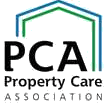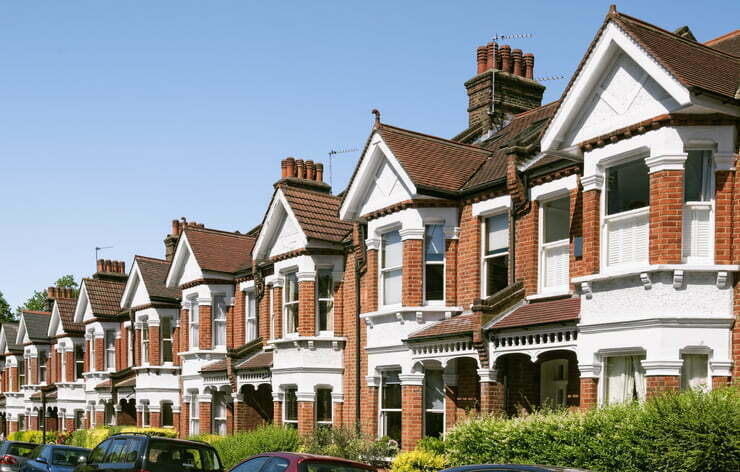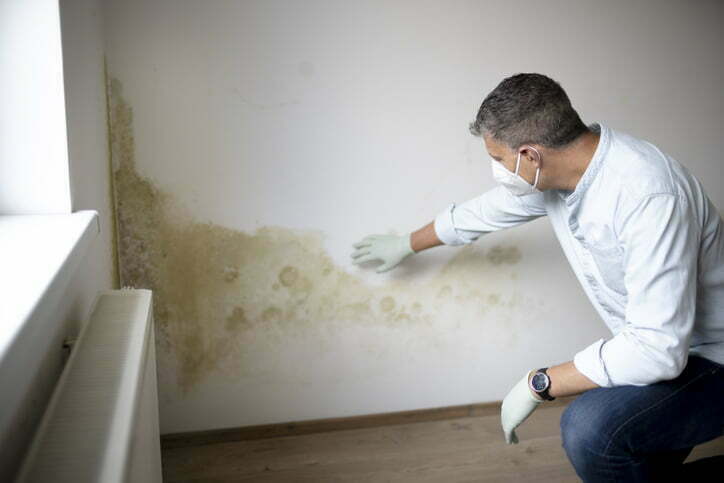Tapco HomeDry Dry Rot Treatment Bookham
We are long term members of Trust Mark and a member of the BWA. CHAS accredited contractor. In addition, all of our surveyors are trained to the high standards of the PCA (Property Care Association).



Dry Rot Specialist In Bookham
Worried about dry rot in Bookham? Tapco Homedry are your local experts in dry rot treatment, so we can help you get to the bottom of the issue quickly. We support homeowners in identifying the cause of their dry rot problem so they can eradicate it from their homes. Get in touch today to learn how we can help.
Signs of dry rot in your home
It’s helpful to be on the lookout for signs of damp and dry rot in your home as this can help you to act quickly. You might spot the following telltale signs of dry rot in your home, particularly if you have an older property with a timber frame:
- A furry white fungal growth
- A rusty orange fungal growth
- Rusty orange spores that look like dust
- Dry and brittle wood, such as door frames, floorboards and joists
- Timber that breaks down into small cubes
If you spot any of these signs in your home in Bookham, get in touch with Tapco Homedry to find out how we can help to put things right.
What is dry rot?
This type of fungus is also known by its scientific name, Serpula lacrymans. Dry rot is an essential part of the ecosystem on the forest floor. It helps to break down fallen trees to make space for new growth. Unfortunately for homeowners, dry rot can also find its way into homes, even working its way through masonry.
The fungus works by secreting an enzyme that weakens the structure of the wood, leaving it dark, dry, brittle and crumbling. In the early stages of growth, this fungus is a white furry growth which later turns a rusty orange colour. This is when the spores bloom and spread onto other surfaces in search of suitable material to digest. This could include joists, floorboards and doorframes. In order to thrive, dry rot needs damp wood, so a dry rot problem often indicates a damp problem.
What are the key differences between wet and dry rot?
Dry rot and wet rot are not the same thing and they are caused by two different types of fungus. They need very different conditions in order to thrive, so if you have one, it’s unlikely that you have the other. Dry rot needs moisture levels around 20% to thrive, while wet rot needs higher moisture levels, usually around 50%.
As moisture is required for dry rot to thrive, it is rarely found in isolation. If you have a dry rot problem, you likely have a damp problem that needs to be investigated. This could be leaky plumbing, a cracked roof tile, failed rendering, a faulty damp proof course or an unfinished basement. We can help to identify the cause and put things right.

Dry rot experts in Bookham
If you’re worried about the impact of dry rot in Bookham, get in touch with Tapco Homedry today. We can support you in identifying the source of your dry rot problem so you eradicate it once and for all. We don’t recommend DIY measures for this type of issue, as there is a risk of structural damage if the dry rot goes untreated. For complete peace of mind, get in touch with Tapco Homedry in Bookham today.
How is dry rot treated?
The first step is often to identify the source of the damp problem as this is a key risk factor when it comes to dry rot problems. Next, we will treat the affected timber in your home with a fungicidal treatment to halt the spread. We can also treat unaffected timber to reduce the chances of the dry rot from returning. And finally, we can address the damaged timber in your home and replace broken and crumbling structures with pre-treated wood. This will help to restore the structural integrity of your home.


 Damp Proofing
Damp Proofing Basement Damp Proofing
Basement Damp Proofing Water Damage
Water Damage Condensation Control
Condensation Control Dry Rot Treatment
Dry Rot Treatment WOODWORM & WET ROT
WOODWORM & WET ROT CAVITY Wall Ties
CAVITY Wall Ties Property Maintenance
Property Maintenance Waterproofing And Tanking
Waterproofing And Tanking Structural Repairs
Structural Repairs
